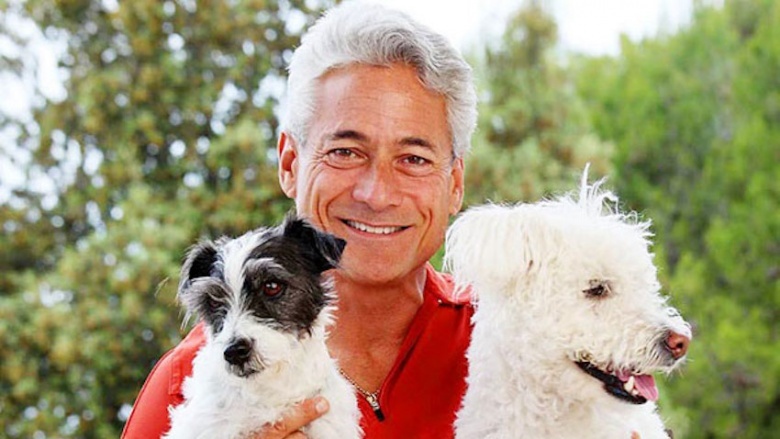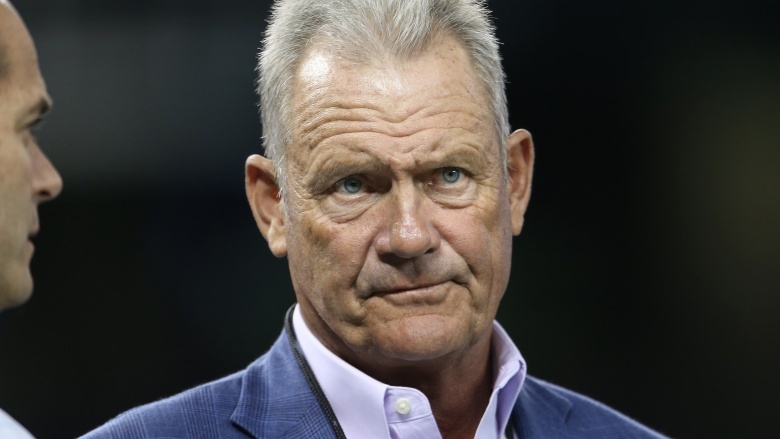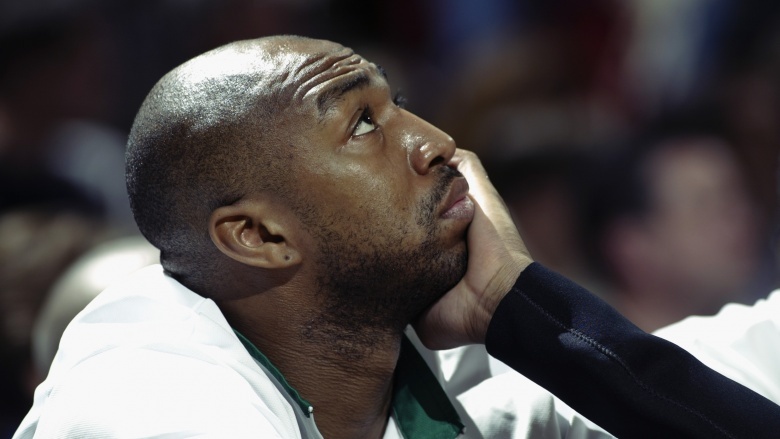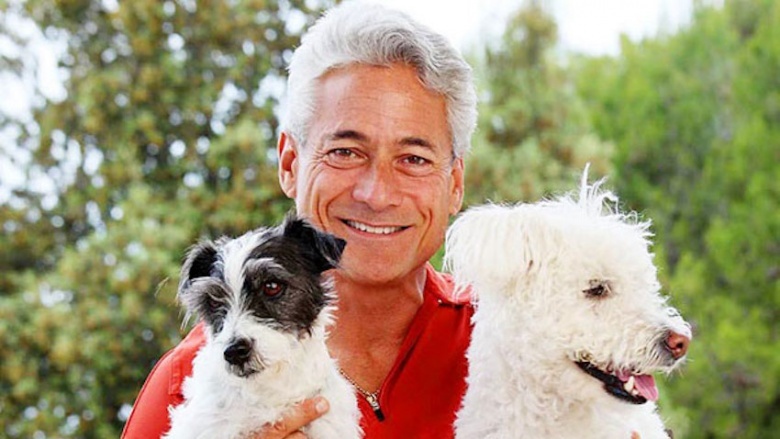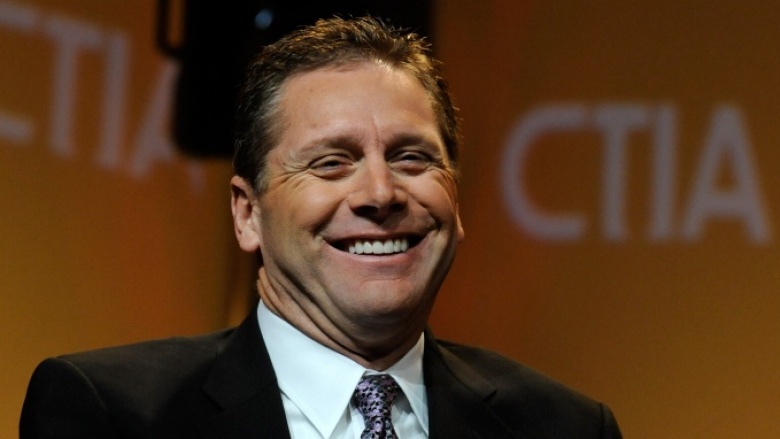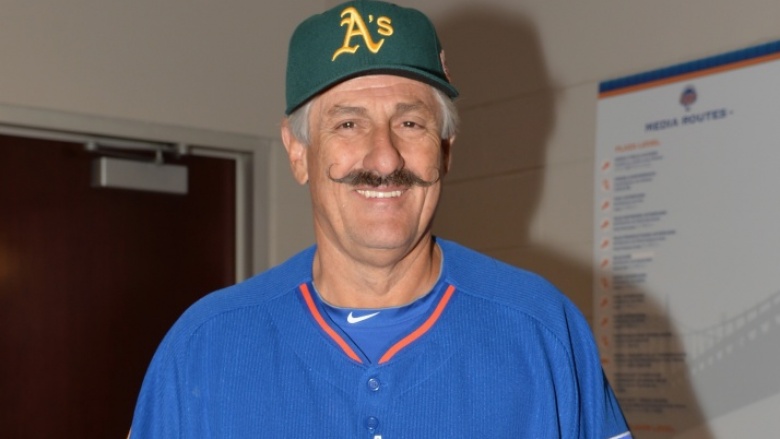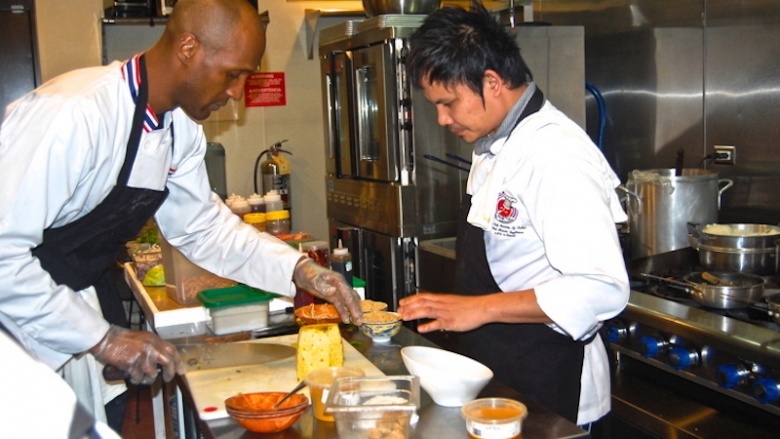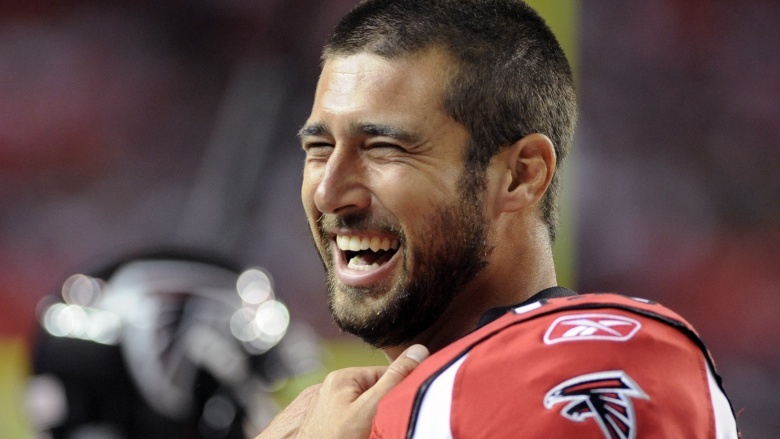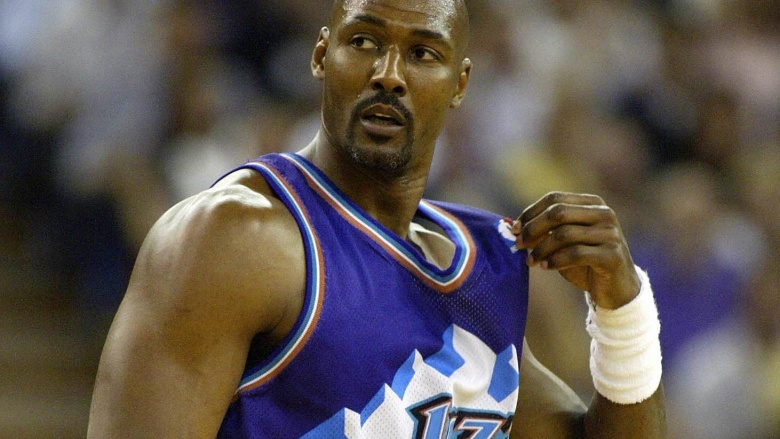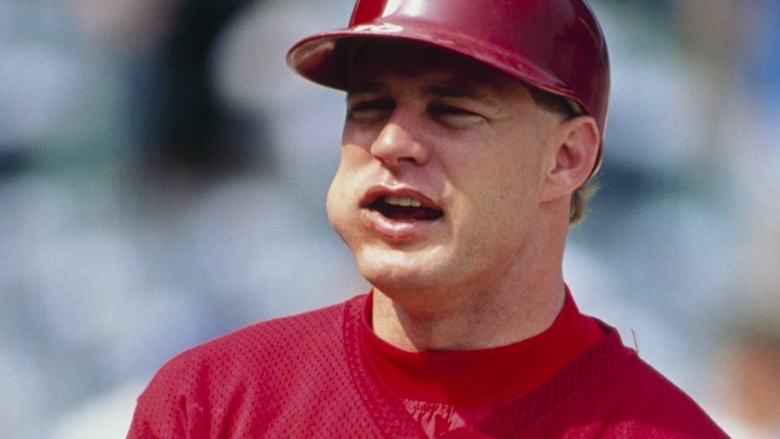Once-Great Athletes We Don't Hear From Anymore
Retiring from a long, illustrious career in professional sports must be quite the shock for an athlete. One day, they're performing feats of strength and fortitude for thousands of adoring fans, and the next they're just some guy figuring out where to go and what to do next. Many, if not most, choose to stay in athletics somehow, be it coaching, taking a position in a team's front office, or becoming a sportscaster. It's a unique few that go an entirely ... different direction.
George Brett
The Kansas City Royals great was named the American League's Most Valuable Player in 1980 for hitting .388, the closest anyone in the AL has come to .400 since the '40s. (However, he's probably remembered more for the 1983 "Pine Tar Incident," in which he was caught cheating with a performance-enhancing substance on his bat, and went ballistic upon getting caught.)
The Hall of Famer kept busy since his 1993 retirement with a variety of business interests, particularly Brett Bros., a baseball equipment and novelty company he formed with his brothers Bobby and Ken. One of the company's most important products: foam fingers. Yes, baseball legend George Brett owns a company that makes those "We're number 1" foam fingers that anyone over the age of 9 looks ridiculous waving around.
Vin Baker
Baker had a great NBA career, playing in four All-Star games and earning nearly $100 million. In the 1995-96 and 1996-97 seasons, the power forward scored more than 20 points a game for the Milwaukee Bucks. He could've had even better numbers, but his career was derailed somewhat by struggles with alcoholism. After he retired (or rather, couldn't find a NBA team who would sign him), Baker also squandered his millions and was arrested on a drunk driving charge in 2007.
But Baker turned his life around, and he took the humble approach. In addition to working as a part-time minister at his church, he's a barista at a Starbucks in Providence, Rhode Island. And he was selected by the company for the management track — hopefully he can manage multiple Frappuccino orders better than he managed dealing with Michael Jordan.
Greg Louganis
Greg Louganis is easily one of the most famous and successful divers in history. He won a silver medal at the 1976 Olympics, and two golds in 1984 and 1988, the same year he smashed his head on the diving board in an accident that's still difficult to watch. Louganis was also one of the first prominent figures to disclose that he was living with HIV.
Now in his '50s, Louganis has not only stayed healthy, but he's maintained his competitive edge. He doesn't dive anymore, but he's a big player on the dog agility circuit. Louganis has variously competed with his dogs Nipper, Dr. Shivago, Gryffindor, Dobby, Hedwig, and Captain Woof Blitzer, because he's not only a legendary athlete, he's a legendary nerd.
Steve Largent
The first superstar—and for a great long while, the only superstar—to suit up for the Seattle Seahawks, Largent was a legend in the Pacific Northwest. When he retired in 1989 after a 14-year career, the wide receiver held records for most career receptions, most receiving yards, and most TD receptions. He was enshrined in the Pro Football Hall of Fame in 1995, the first year he was eligible. And by the time of that honor, Largent was actually a sitting member of Congress.
Yep — in 1994, Largent was part of the "Republican Revolution" that swept into the House of Representatives during the midterm elections, with Largent representing a district in his home state of Oklahoma. Largent left Congress in 2002 to run for governor of the state. He lost to Brad Henry by just 6,300 votes, and moved on to become a lobbyist for the cell phone industry. The jury's still out on whether he supports pretending your football is a phone after you score a touchdown.
Rollie Fingers
Fingers was one of the top relief pitchers of the 1970s—the first era in which relief pitchers were really utilized. A seven-time All-Star, and three-time World Series champion with the Oakland Athletics, Fingers was elected to the Baseball Hall of Fame in 1992 ... and the Mustache Hall of Fame in 2015 (really!) for that iconic, old-timey handlebar that is arguably more memorable than his pitching. (He even retired in 1986, rather than cave to a Reds executive's demand he shave it off.)
He then got into investing, placing the vast majority of the fortune he'd earned playing baseball into pistachio farms, an Arabian horse breeding operation, and wind turbines. Every single venture failed so miserably that, by 1992, Fingers filed for bankruptcy. He had to become a baseball card dealer to pay off his $4 million debt.
Shandon Anderson
This versatile forward/guard plugged in holes in the lineup for Utah, Houston, New York, and Miami over a ten-year NBA career that he finished out with an NBA title with Miami in 2006. Also, Anderson had been a vegetarian since the early '90s, but upon retiring, he realized that not only were there not many vegetarian restaurants around, but he didn't know how to cook very well either.
So, he went to culinary school. Several times. First he attended the Living Light Culinary School in California, then the Raw Cooking School (also in California), and then the Natural Gourmet Institute in New York City. In 2010, after completing an internship at the NYC vegan restaurant Candle 79, Anderson opened his open high-end vegan Thai restaurant in Atlanta called Drink Art. (Unfortunately, it closed down in 2014.)
Joey Harrington
In 2001, Harrington quarterbacked the Oregon Ducks to one of their most successful seasons ever: an 11-1 record, a win in the Fiesta Bowl, a #2 ranking and, for Harrington, a finalist spot in the Heisman Trophy running. The Detroit Lions drafted him with the #3 pick, thinking he'd be the franchise player to turn around their perpetually poor showings. They were wrong, as is typical of the Lions: Harrington floundered in the NFL and bounced around the league, mostly as a backup, before leaving the turf in 2009.
He then returned to his hometown of Portland and dove into charity work, starting the Joey Harrington Foundation, serving on the board of multiple charities, both funding and serving meals at a homeless shelter and exploring the idea of opening a medical clinic to serve Portland's substantial homeless population. Oh, and he's also an accomplished jazz pianist, just to further drive home that fact that, even as a failed pro athlete, he's very much a winner.
Karl Malone
Karl Malone, member of the 1992 Olympic Dream Team, is the #2 scorer in NBA history, trailing only Kareem Abdul-Jabbar. He's also an incredibly successful, and varied, businessman. He owns an Arby's, a cattle ranch, three Jiffy Lubes, two Burger Kings, a used car lot, a body shop, a real estate company that builds malls, and a deer farm. But his favorite venture of all of it is his Louisiana timber operation. Spanning thousands of acres, he hauls all his own timber, by himself. This is actually something Malone has been interested in for more than 20 years—when he was an active player in the '90s, he ran his own trucking company until it collapsed under financial issues. The Mailman's faring much better as a businessman these days, and now delivers lumber rather than mail, it would seem.
Lenny Dykstra
The guy that his teammates nicknamed "Nails" seemed to have survived the transition from being one of baseball's biggest tough guys to successful businessman, launching a chain of car washes. In the early 2000s, he also discovered that he had a knack for picking stocks, and was tutored by Mad Money host Jim Cramer, who even gave Dykstra an investment column on his website, TheStreet. Amassing massive wealth as both a celebrity stock tip fortune teller and investor (and car wash proprietor, still), he amassed a reported fortune of $58 million.
And then, the downfall began. First, Dykstra spent $18 million on a palatial house in southern California. Then, he started an extremely expensive publishing endeavor: a high-end "luxury" magazine geared toward the not-very-large demographic of professional athletes called The Players Club. The magazine performed about as well as you'd imagine, and in well under a year it was gone.
In 2009—a year after the launch and immediate failure of the magazine, and in the wake of a massive worldwide economic downturn—Dykstra filed for chapter 11 bankruptcy protection to escape his creditors. He also ran up tens of thousands of dollars in debt on various personal and company credit cards. In 2012, Dykstra was sentenced to three years in prison (of which he served one year). Among the crimes Dykstra committed that came to light: bankruptcy fraud, obstruction of justice, and more innocent ventures like identity theft and grand theft auto. Apparently, he used fake and stolen bank records to buy cars, which makes this "player" a major loser in the game of life.
